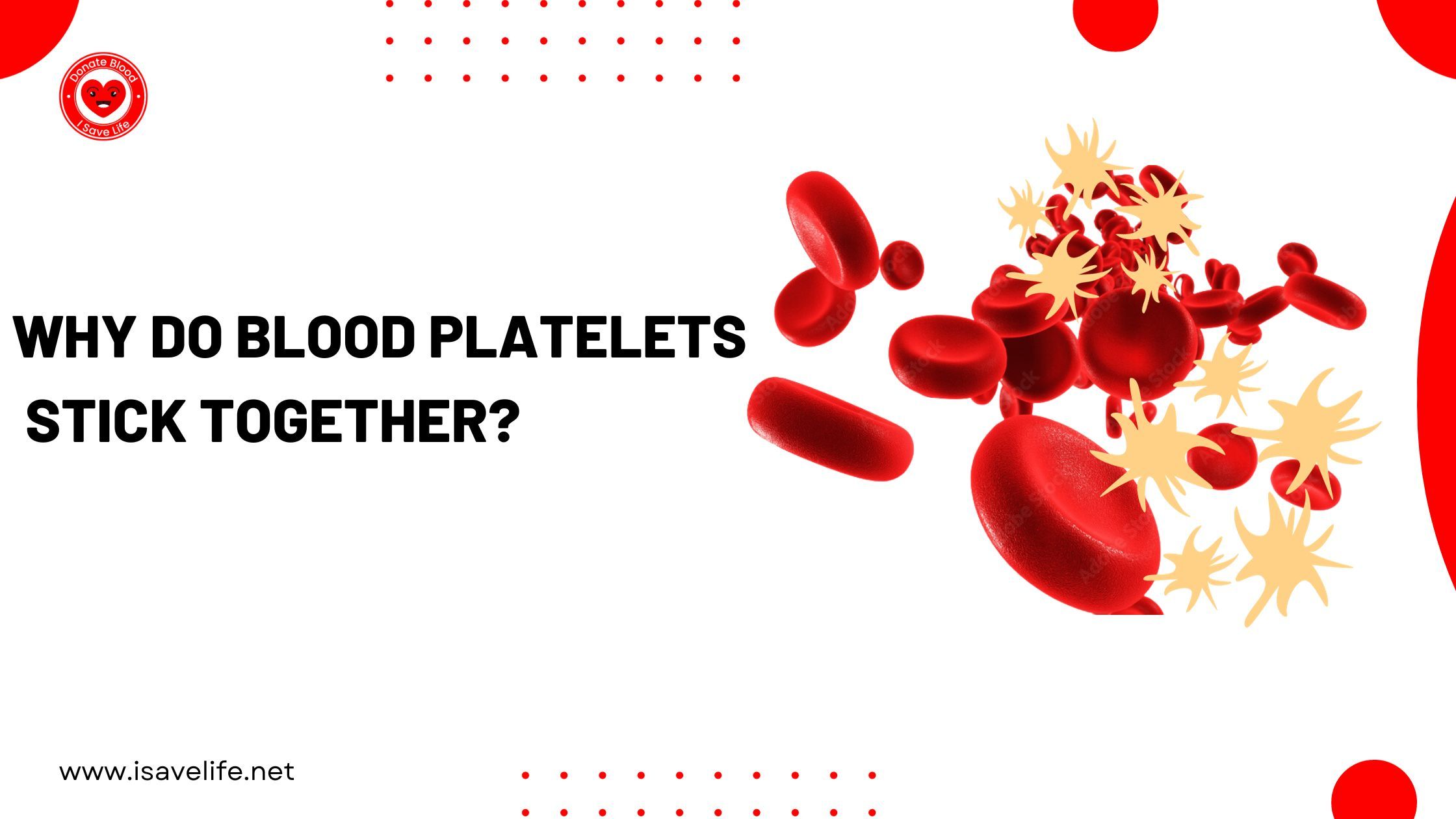
Why Do Blood Platelets Stick Together?
19-Dec-2023
Have you ever wondered why blood platelets stick together?. The human body is a complex and fascinating system, and one crucial aspect of our health involves the tiny but mighty blood platelets. In this blog, we’ll explore why these minuscule cells have a tendency to stick together and why it’s an essential process for our wellWhy Do Blood Platelets Stick Together?Why Do Blood Platelets Stick Together?
Why Do Blood Platelets Stick Together?
Have you ever wondered why blood platelets stick together? The human body is a complex and fascinating system, and one crucial aspect of our health involves the tiny but mighty blood platelets. In this blog, we’ll explore why these minuscule cells have a tendency to stick together and why it’s an essential process for our well-being.
The Basics of Blood Platelets:
Before we dive into why blood platelets clump together, let’s understand why they are, platelets are small, disc-shaped cells in our blood that play a significant role in the clothing process. When we get the cut and injury, platelets rush to the scene to prevent excessive blooding by forming a plug and initiating the clothing cascade.
Why Do Platelets stick Together?
When your body experiences an injury or damage to a blood vessel, platelets jump into action. They’re like the repair crew and rushes to the scene. Here’s why they stick together:
1. Injury Response: Platelets are like first responders to an injury. When a blood vessel is damaged, platelets are attracted to the site to prevent excessive bleeding. Chemical signals are released, signaling platelets to come together and adhere to the injured area.
2. Adhesion: Platelets adhere to the exposed collagen fibers at the site of injury. Collagen is a protein found in the walls of blood vessels. Adhesion is a crucial step in the formation of a platelet plug, which helps seal the wound.
3. Release of chemicals: After adhesion, platelets release chemical signals that attract even more platelets to the site. These chemicals are also active nearby platelets, making them sticky and encouraging them to join the clot.
4. Clot Formation: As more platelets accumulate at the site of injury, they begin to stick together, forming a clot. The clot serves as a temporary seal, preventing further blood loss until more permanent repairs can take place.
5. Fibrin Networks: The final step involves the formation of a fibrin network, a mesh like structure that strengthens the clot and makes it more stable. fibrin essentially reinforces the platelets plug, ensuring it can withstand the pressure of the circulating blood.
Health Risks of Sticky Platelets:
While the clothing process is essential for healing, overly sticky platelets can pose health risks:
1. Increased Clotting: sticky platelets may leads to excessive clothing, causing issue like deep vein thrombosis (DVT) or even strokes. These clots can block blood vessel, disrupting normal blood flow and causing serious health problem.
2. Heart Health Concerns: Sticky platelets can contribute to the formation of blood clots in the arteries, leading to heart attacks. Reduced blood flow to the heart can damage the heart muscle, affecting its ability to pump blood effectively.
3. Risk of Embolism: Clots formed by sticky platelets can break off and travel through the bloodstream as emboli. These emboli can lodge in smaller blood vessels, causing blockages that may lead to organ damage.
Conclusion:
The process of blood platelets sticking together is a crucial aspect of our body’s ability to respond to injuries and prevent excessive bleeding. This intricate mechanism involves a series of steps, from platelet adhesion to the formation of a stable clot, all working together to maintain the delicate balance between bleeding and clotting. Understanding the importance of this process sheds light on the incredible ways our body safeguards itself and promotes overall health.